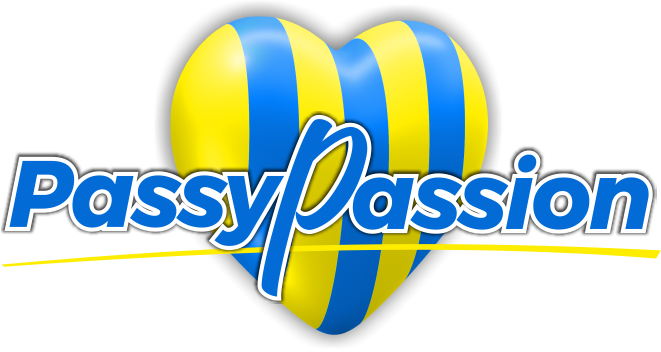activities to teach empathy to adults
You can brainstorm as a large group with open-ended questions like, What was something kind you saw someone do latelybig or small? Write down the students responses on a whiteboard or chalkboard and break them into two categories (big vs. small), but be sure to emphasize the importance of small acts of kindness in addition to grand gestures. Among them, an Empathy Race, Book Synopsis and Storytelling. Although weve mostly focused on verbal communication and communications via body language, facial expressions, and touch, there is another form that we havent mentioned: written communication. Classroom lessons on kindness can also have a big impact on how kind students tend to be. If you have a particularly chatty class or a class that hasnt mastered writing yet, this Heres To activity can be a good substitute for the Thank You Post. Click here to read about this exercise from the Education Development Centers Bullying Prevention program. If you plan on baking your designs at the end of this activity to preserve them, mix together: Follow these instructions to encourage each family member to express their individuality: To continue working on communicating your individuality as a family, ask these questions and discuss your answers together: If the idea of creating a figure out of play dough doesnt appeal to you, you can also try these two alternatives: Anger is a normal human emotion, and we will all get angry at some point. Relate this to real-life listening by emphasizing the importance of paying attention to people when they are speaking to you, especially if its an important conversation. Situation: Your neighbor is adding an expansion to their house, and the crew starts working, very loudly, at 5 am. All humans have some things in common. If so, how? These are the instructions for this activity: After each participant has had a chance to read the sentence based on one of the prompts, run through the emotions displayed and see how many each participant guessed correctly. Hope youll like it. Teach your kids conversation skills with techniques like puppets and video modeling, which they can then apply in exercises and activities. B: Okayjust give me a minute. If that fails, the student can ask the teacher. Show the class the talking piece and explain that only the individual holding the talking piece may speak. Teaching kindness in the classroom. The role you are holding is knotted together to form a circle; it must not be undone. Finally, you can userewards and positive reinforcement to encourage more kindness in the classroom. You can check if you fully understood the other by asking; When you are speaking, you can ask the other person if he or she wouldnt mind sharing what theyve heard you say. Active listening is not the easiest skill to master, but it is an important one to develop. Her debut novel, Hail Caesar, was published in 2007 by PUSH, a YA imprint of Scholastic, and was named an NYPL Book for the Teen Age. After three minutes, allow the teams to start bartering for pieces. Instead of trying to avoid or deny anger, its vital that families learn how to manage their anger and communicate it to others in a healthy way. Crowley, B., & Saide, B. Its point is to show us that its possible to disagree with another person without disliking them or seeing them as the enemy. Don't fidget or check your phone or gaze out the window. Why? After a quick debrief on how well the listener listened, the two should switch roles and try the exercise again. It is estimated that adults make eye contact 30-60% of the time in general conversation, increasing to 60-70% of the time when trying to form a more intimate relationship (Cognitive Development Learning Centre, 2019 . Its the one you borrowed. One is to master the art of . 6. You need at least three teams. This exercise, also from Becky Normans piece (2018), will show participants the emotional consequences of not listening andhopefullyencourage them to practice better listening skills. Divide your group into pairs, with one partner assigned to the talker role and the other assigned to the listener role. Its never too late to focus on building empathy and kindness in ourselves and in our communities. Instruct each student to turn to one of their neighbors and tell him or her something good. Sign your signature at the foot of the page. Emotional empathy means you are really sharing the emotions of another, and can be the basis for deep emotional connections. Sargent, K. M. (2015). If it helps, use a timer to limit how much sharing can occur and to ensure equal time to share feelings. The students may need some examples of what to write. 4. 4 helpful nonverbal communication activities. There are many worksheets and activities for students, adolescents, and adults to enhance their capacity for empathy. Skill. download our three Positive Communication Exercises (PDF) for free. You also might try to figure out what theyre feeling and why, and thats what wed call cognitive empathy. When they hear three claps, they should rub their belly. Underline all the even digits on the left-hand side of the page. The important thing is that each student should eventually get to hear or read a note of thanks or appreciation that someone has written about him or her. Use these instructions to conduct the activity: After each participant has played both roles, end the activity and guide a discussion with the following questions: You will find this activity at this link, exercise #4.
Calories In 8 Oz Baked Potato No Skin,
Which Covid Vaccine Did President Nelson Get,
Devin Graham Montgomery County,
Linden New Jersey Apartments For Rent,
Articles A

